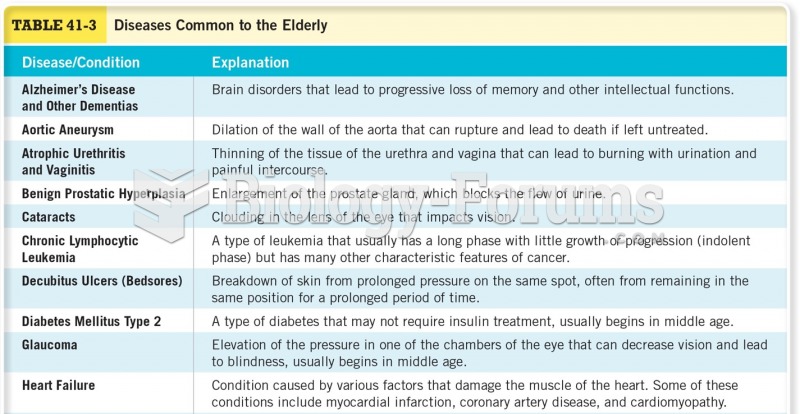|
|
|
Did you know?
Bacteria have been found alive in a lake buried one half mile under ice in Antarctica.
Did you know?
Illicit drug use costs the United States approximately $181 billion every year.
Did you know?
Prostaglandins were first isolated from human semen in Sweden in the 1930s. They were so named because the researcher thought that they came from the prostate gland. In fact, prostaglandins exist and are synthesized in almost every cell of the body.
Did you know?
There are more nerve cells in one human brain than there are stars in the Milky Way.
Did you know?
Increased intake of vitamin D has been shown to reduce fractures up to 25% in older people.







